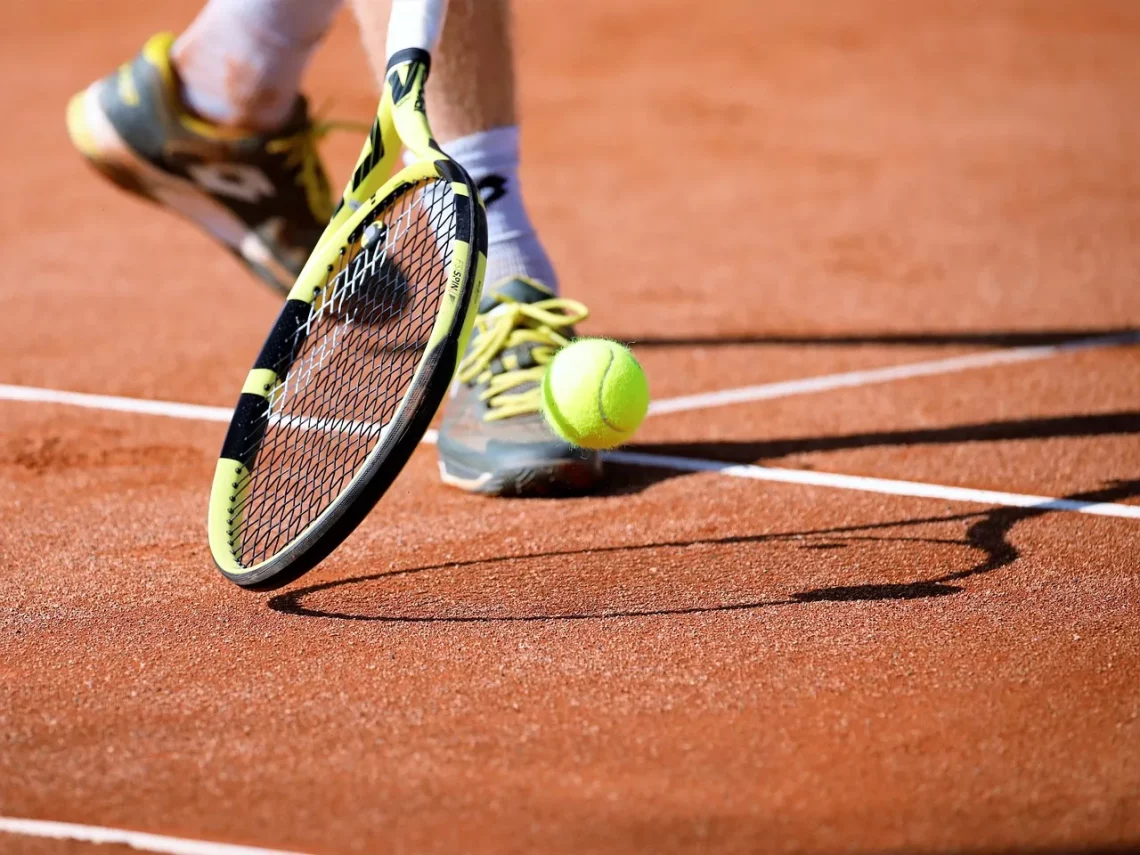
The Best Small Dog Balls for Playtime and Exercise
Playing with dogs is not just a pastime; it’s a vital part of their physical and mental well-being. For small dog breeds, finding the right toys can enhance their playtime and facilitate effective exercise. Small dog balls are particularly popular due to their size, which makes them easy to carry and manipulate. They stimulate a dog’s natural instincts to chase, fetch, and chew, providing both entertainment and necessary physical activity.
Additionally, small dog balls come in various materials and designs, catering to different preferences and play styles. From squeaky balls that engage auditory senses to bouncy balls perfect for outdoor play, the options are endless. Choosing the right ball not only keeps your furry friend active but also promotes bonding between pet and owner through interactive play.
It’s essential to consider safety when selecting toys for small dogs, as their size and chewing habits can make them susceptible to choking hazards. The right ball can lead to hours of fun while ensuring that your dog remains healthy and happy. Let’s delve deeper into the various types of small dog balls that can elevate your pet’s playtime experience.
Benefits of Small Dog Balls for Active Play
Small dog balls offer numerous benefits that go beyond mere entertainment. One of the foremost advantages is the physical exercise they provide. Regular playtime with a ball encourages small dogs to run, jump, and chase, which are essential activities for maintaining a healthy weight and muscle tone. This is particularly crucial for small breeds, which can be prone to obesity if not adequately exercised.
Additionally, playing with balls can help improve a dog’s coordination and agility. As they chase after the ball, they develop better reflexes and spatial awareness, which can translate into improved overall behavior and responsiveness. This is especially beneficial for puppies, who are still developing their physical skills.
Mental stimulation is another significant advantage. Dogs are intelligent creatures that thrive on challenges. Interactive play with balls can engage their minds, preventing boredom and promoting a more balanced emotional state. This is particularly important for small dogs, many of which can exhibit anxiety or destructive behavior when left alone or under-stimulated.
Moreover, small dog balls can serve as a social tool. Whether playing with their owners or interacting with other dogs at the park, these balls facilitate socialization. Engaging in play can help small dogs become more confident and well-adjusted, which is crucial for their social development.
In summary, small dog balls are not just toys; they are essential tools for promoting physical health, mental stimulation, and social interaction for small breeds. With the right choice of balls, pet owners can significantly enhance their dogs’ quality of life.
Choosing the Right Material for Your Dog’s Ball
When selecting a small dog ball, the material is a crucial factor to consider, as it can influence both safety and playability. Various materials are available, each with its own set of advantages and disadvantages.
Rubber is one of the most popular materials for dog balls. It is durable, bouncy, and often comes in a variety of textures. Rubber balls can withstand aggressive chewing and are often designed to be chew-resistant, making them ideal for small dogs that enjoy gnawing on their toys. Additionally, many rubber balls are designed to be lightweight, making them easy for small dogs to carry.
Another common material is plastic. Plastic balls can be lightweight and come in vibrant colors that attract dogs. However, they may not be as durable as rubber. It’s essential to choose high-quality plastic balls that are designed specifically for dogs, as cheaper alternatives can break easily, posing a choking hazard.
Fleece or fabric balls are soft and gentle on a dog’s teeth, making them an excellent option for sensitive chewers. However, these balls may not be as durable as rubber or plastic, so they may need to be replaced more frequently. It’s vital to supervise playtime with fabric balls to ensure your dog doesn’t chew them to pieces, as ingestion of fabric can lead to serious health issues.
Some balls also incorporate squeakers, which can make playtime even more engaging for your dog. However, keep in mind that squeakers can be a choking hazard if your dog manages to tear the ball apart. Always ensure that any ball you choose is appropriate for your dog’s size and chewing habits.
In conclusion, the material of a small dog ball plays a significant role in its suitability for play. Choosing the right material not only enhances the play experience but also keeps your furry friend safe while having fun.
Interactive Play: Enhancing the Experience with Your Dog
Interactive play is a fundamental aspect of a dog’s lifestyle, and small dog balls can significantly enhance this experience. Engaging with your dog through play not only strengthens your bond but also enriches their life. Here are some ways to make playtime more interactive and enjoyable.
First, consider incorporating different games that involve the ball. Traditional fetch is a classic, but you can also introduce variations such as hide-and-seek. Hide the ball in various locations around your home or yard, and encourage your dog to find it. This game taps into their natural instincts and keeps their minds engaged.
Another interactive play idea is to use the ball as a tool for training. You can reward your dog with a game of fetch when they successfully follow a command. This not only reinforces their training but also makes learning fun. Use the ball as a reward during training sessions to keep your dog motivated.
In addition to playing with your dog, consider inviting other dogs for a playdate. This social interaction can be beneficial for both your dog and their friends. Small dog balls can facilitate group play, allowing multiple dogs to chase and retrieve. This not only promotes physical activity but also enhances social skills, helping your dog learn to interact appropriately with others.
Moreover, vary the locations where you play. Taking your dog to a different park, beach, or even the backyard can provide new stimuli and experiences. Different environments can keep the excitement alive and help your dog remain active and engaged.
While interactive play is crucial, it’s also important to monitor your dog’s energy levels and adjust the play accordingly. Take breaks as needed, especially on hot days, to ensure your dog stays hydrated and doesn’t become overly exhausted.
In summary, enhancing playtime with small dog balls through interactive games and varied experiences can lead to a happier, healthier dog. Engaging with your pet in meaningful ways fosters a strong bond and promotes a fulfilling life.
Safety Tips for Playing with Small Dog Balls
While small dog balls can provide endless fun and exercise, safety should always be a top priority. Ensuring a safe play environment can prevent accidents and keep your dog healthy. Here are some essential safety tips to consider.
First, always supervise your dog during playtime, especially with new toys. This allows you to monitor how they interact with the ball and intervene if they show signs of chewing or tearing it apart. If you notice any wear and tear, it’s best to replace the ball immediately to prevent choking hazards.
Additionally, choose the right size ball for your dog. A ball that is too small can pose a choking risk, while one that is too large may be difficult for them to handle. The ball should be large enough that your dog cannot fit it completely in their mouth, but small enough to carry and play with comfortably.
Inspect the balls regularly for any damages. Look for cracks, loose parts, or any signs of wear that could indicate that the ball is no longer safe to use. If a ball becomes damaged, discard it promptly to avoid any potential risks.
Also, be cautious about the play environment. If you’re playing outside, ensure that the area is safe and free from hazards such as sharp objects or toxic plants. Avoid playing near busy roads or areas with heavy foot traffic to minimize the risk of accidents.
Lastly, consider your dog’s health and energy levels. If your pet has any pre-existing health conditions or is older, consult with your veterinarian before engaging in intense play. It’s essential to tailor playtime to your dog’s physical capabilities to ensure their safety and well-being.
In conclusion, while small dog balls are fantastic for play and exercise, prioritizing safety is crucial. By following these tips, you can ensure a safe and enjoyable play experience for your furry friend.
In closing, while this article provides insights into choosing and using small dog balls for playtime, it is not a substitute for professional medical advice. Always consult with your veterinarian regarding your dog’s health and well-being.




